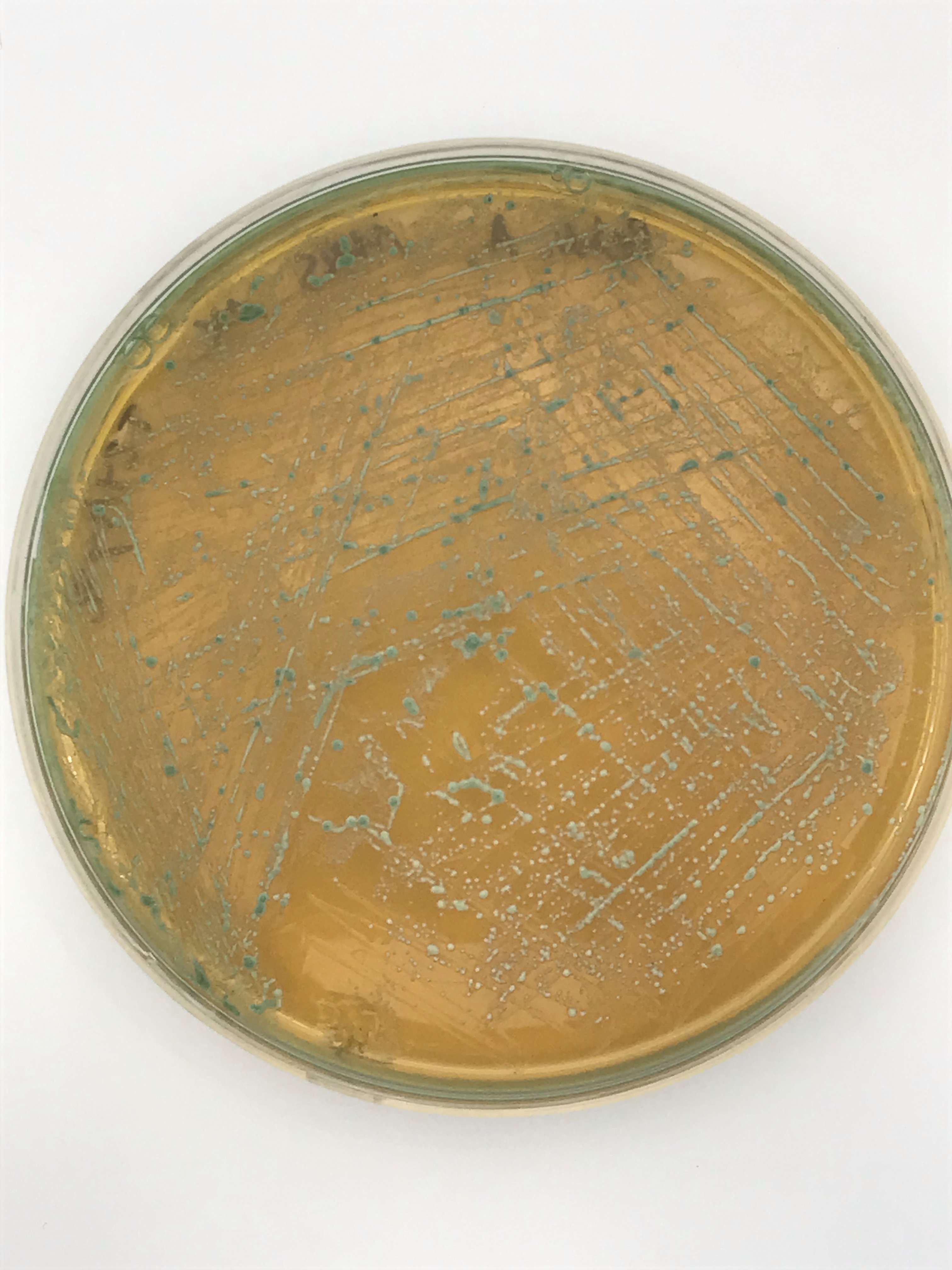MRS Agar on:
[Wikipedia]
[Google]
[Amazon]
 De Man, Rogosa and Sharpe agar, often abbreviated to MRS, is a selective
De Man, Rogosa and Sharpe agar, often abbreviated to MRS, is a selective
 De Man, Rogosa and Sharpe agar, often abbreviated to MRS, is a selective
De Man, Rogosa and Sharpe agar, often abbreviated to MRS, is a selective culture
Culture () is an umbrella term which encompasses the social behavior, institutions, and norms found in human societies, as well as the knowledge, beliefs, arts, laws, customs, capabilities, and habits of the individuals in these groups.Tyl ...
medium designed to favour the luxuriant growth of ''Lactobacilli
The ''Lactobacillaceae'' are a family of lactic acid bacteria. It is the only family in the lactic acid bacteria which includes homofermentative and heterofermentative organisms; in the ''Lactobacillaceae,'' the pathway used for hexose fermentati ...
'' for lab study. Developed in 1960, this medium was named for its inventors, , , and . It contains sodium acetate
Sodium acetate, CH3COONa, also abbreviated Na O Ac, is the sodium salt of acetic acid. This colorless deliquescent salt has a wide range of uses.
Applications
Biotechnological
Sodium acetate is used as the carbon source for culturing bacteria ...
, which suppresses the growth of many competing bacteria (although some other Lactobacillales
Lactobacillales are an order of gram-positive, GC-content, low-GC, acid-tolerant, generally nonsporulating, Aerotolerant anaerobe, nonrespiring, either rod-shaped (bacillus (shape), bacilli) or spherical (cocci) bacteria that share common metabo ...
, like ''Leuconostoc
''Leuconostoc'' is a genus of gram-positive bacteria, placed within the family of Lactobacillaceae. They are generally ovoid cocci often forming chains. ''Leuconostoc'' spp. are intrinsically resistant to vancomycin and are catalase-negative (w ...
'' and ''Pediococcus
''Pediococcus'' is a genus of gram-positive lactic acid bacteria, placed within the family of Lactobacillaceae. They usually occur in pairs or tetrads, and divide along two planes of symmetry, as do the other lactic acid cocci genera '' Aerococc ...
'', may grow). This medium has a clear brown colour.
Typical composition
MRS agar typically contains ( w/v): *1.0% peptone *1.0% beef extract *0.4%yeast extract
Yeast extracts consist of the cell contents of yeast without the cell walls; they are used as food additives or flavorings, or as nutrients for bacterial culture media. They are often used to create savory flavors and umami taste sensations, a ...
*2.0% glucose
Glucose is a simple sugar with the molecular formula . Glucose is overall the most abundant monosaccharide, a subcategory of carbohydrates. Glucose is mainly made by plants and most algae during photosynthesis from water and carbon dioxide, using ...
*0.5% sodium acetate trihydrate
Sodium acetate, CH3COONa, also abbreviated Na O Ac, is the sodium salt of acetic acid. This colorless deliquescent salt has a wide range of uses.
Applications
Biotechnological
Sodium acetate is used as the carbon source for culturing bacteri ...
*0.1% polysorbate 80
Polysorbate 80 is a nonionic surfactant and emulsifier often used in pharmaceuticals, foods, and cosmetics. This synthetic compound is a viscous, water-soluble yellow liquid.
Chemistry
Polysorbate 80 is derived from polyethoxylated sorbitan and ...
(also known as Tween 80)
*0.2% dipotassium hydrogen phosphate
*0.2% triammonium citrate
Triammonium citrate is a chemical compound whose molecular formula is C6H17N3O7.
Synopsis
It was patented some date prior to 1986.
This substance causes serious eye irritation, causes skin irritation and may cause respiratory irritation.
It is ...
*0.02% magnesium sulfate heptahydrate
Epsomite, Epsom salt, or magnesium sulfate heptahydrate, is a hydrous magnesium sulfate mineral with formula MgSO4·7H2O.
Epsomite crystallizes in the orthorhombic system as rarely found acicular or fibrous crystals, the normal form is as massi ...
*0.005% manganese sulfate tetrahydrate
Manganese(II) sulfate usually refers to the inorganic compound with the formula MnSO4·H2O. This pale pink deliquescent solid is a commercially significant manganese(II) salt. Approximately 260,000 tonnes of manganese(II) sulfate were produced w ...
*1.0% agar
Agar ( or ), or agar-agar, is a jelly-like substance consisting of polysaccharides obtained from the cell walls of some species of red algae, primarily from ogonori (''Gracilaria'') and "tengusa" (''Gelidiaceae''). As found in nature, agar is ...
* pH adjusted to 6.2 at 25 °C
The yeast/meat extracts and peptone provide sources of carbon, nitrogen, and vitamin
A vitamin is an organic molecule (or a set of molecules closely related chemically, i.e. vitamers) that is an Nutrient#Essential nutrients, essential micronutrient that an organism needs in small quantities for the proper functioning of its ...
s for general bacterial growth. The yeast extract also contains vitamins and amino acid
Amino acids are organic compounds that contain both amino and carboxylic acid functional groups. Although hundreds of amino acids exist in nature, by far the most important are the alpha-amino acids, which comprise proteins. Only 22 alpha am ...
s required by ''Lactobacilli''. Polysorbate 80 is a surfactant
Surfactants are chemical compounds that decrease the surface tension between two liquids, between a gas and a liquid, or interfacial tension between a liquid and a solid. Surfactants may act as detergents, wetting agents, emulsifiers, foaming ...
which assists in nutrient uptake by ''Lactobacilli''. Magnesium sulfate and manganese sulfate provide cations used in metabolism
Metabolism (, from el, μεταβολή ''metabolē'', "change") is the set of life-sustaining chemical reactions in organisms. The three main functions of metabolism are: the conversion of the energy in food to energy available to run cell ...
.
See also
*MacConkey agar
MacConkey agar is a selective and differential culture medium for bacteria. It is designed to selectively isolate Gram-negative and enteric (normally found in the intestinal tract) bacteria and differentiate them based on lactose fermentation. ...
(culture medium designed to grow Gram-negative bacteria and differentiate them for lactose fermentation).
References
{{Growth media Microbiological media